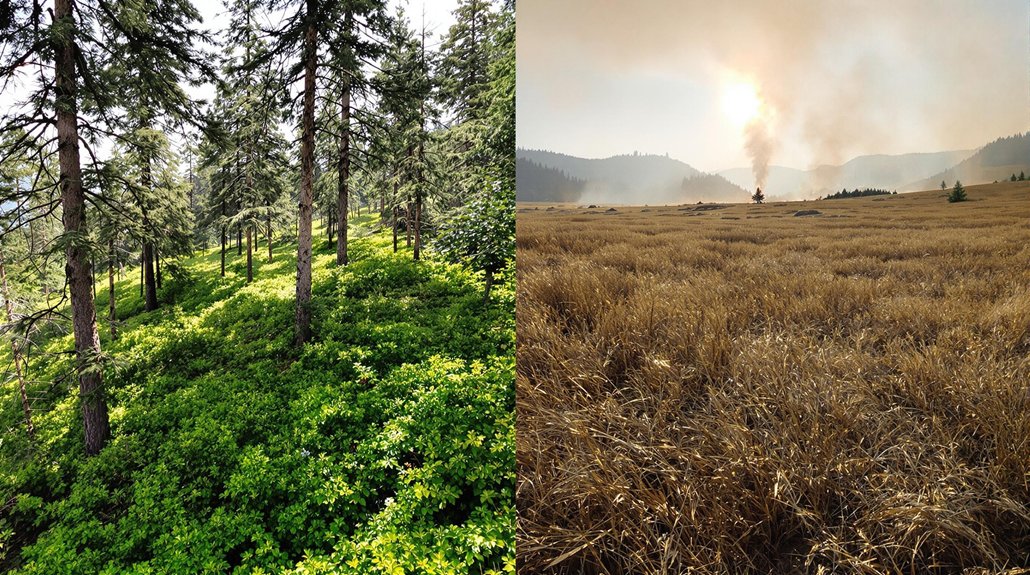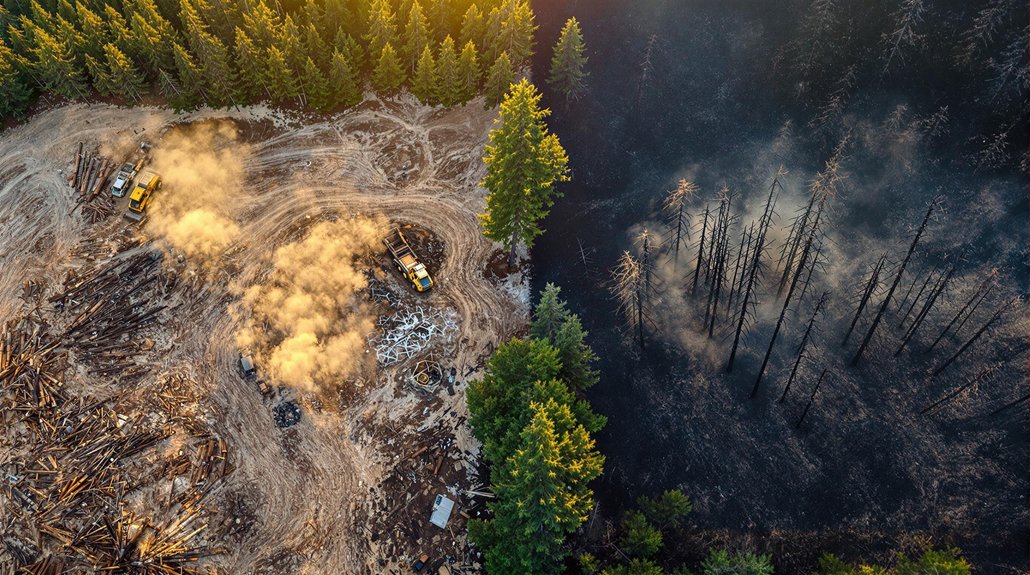As wildfires continue to intensify across the globe, researchers are uncovering alarming details about the toxic compounds released during these events. New studies reveal that wildfire smoke is primarily made up of fine particulate matter, with up to 90% consisting of PM2.5 particles. These tiny particles can enter the lungs and even the bloodstream.
The smoke doesn’t just contain natural substances. When homes and buildings burn, highly toxic chemicals like polychlorinated biphenyls (PCBs) and polybrominated diphenyl ethers (PBDEs) are released into the air. These chemicals can travel far from the original fire site, affecting communities that aren’t directly threatened by flames.
Health impacts are significant and immediate. Research shows that a 10 microgram per cubic meter increase in wildfire-derived PM2.5 leads to a 10% rise in respiratory hospital visits. This impact is ten times higher than from other sources of PM2.5 pollution. During wildfire events, doctors report more cases of asthma attacks, breathing problems, and heart issues. A 2020 study found a 70% increase in cardiac arrests during periods of heavy wildfire smoke exposure.
Wildfire smoke’s PM2.5 particles trigger immediate health crises, causing respiratory hospitalizations at rates far exceeding other pollution sources.
What’s especially concerning is that these toxic particles don’t stay outdoors. They infiltrate homes, even those with closed windows and doors. Scientists estimate over one billion homes worldwide are exposed to these wildfire toxins annually. Indoor air quality can remain poor for days or weeks after a fire has passed.
The particles settle on indoor surfaces, creating a persistent exposure risk. Even after outdoor air clears, these deposited toxins can become airborne again when disturbed, continuing to pose health threats.
Long-term exposure is linked to serious health consequences. People regularly exposed to wildfire smoke face higher risks of death from cardiovascular, respiratory, and endocrine diseases. The systemic inflammation caused by repeated exposure may trigger severe conditions over time.
As climate change drives more frequent and intense wildfires, scientists warn that understanding these toxic exposures is vital for public health planning and protection of vulnerable populations.
References
- https://www.epa.gov/wildfire-smoke-course/why-wildfire-smoke-health-concern
- https://pmc.ncbi.nlm.nih.gov/articles/PMC5010409/
- https://tsapps.nist.gov/publication/get_pdf.cfm?pub_id=934224
- https://salatainstitute.harvard.edu/how-exposure-to-wildfire-smoke-impacts-human-health-now-soon-and-later/
- https://pmc.ncbi.nlm.nih.gov/articles/PMC4245643/








